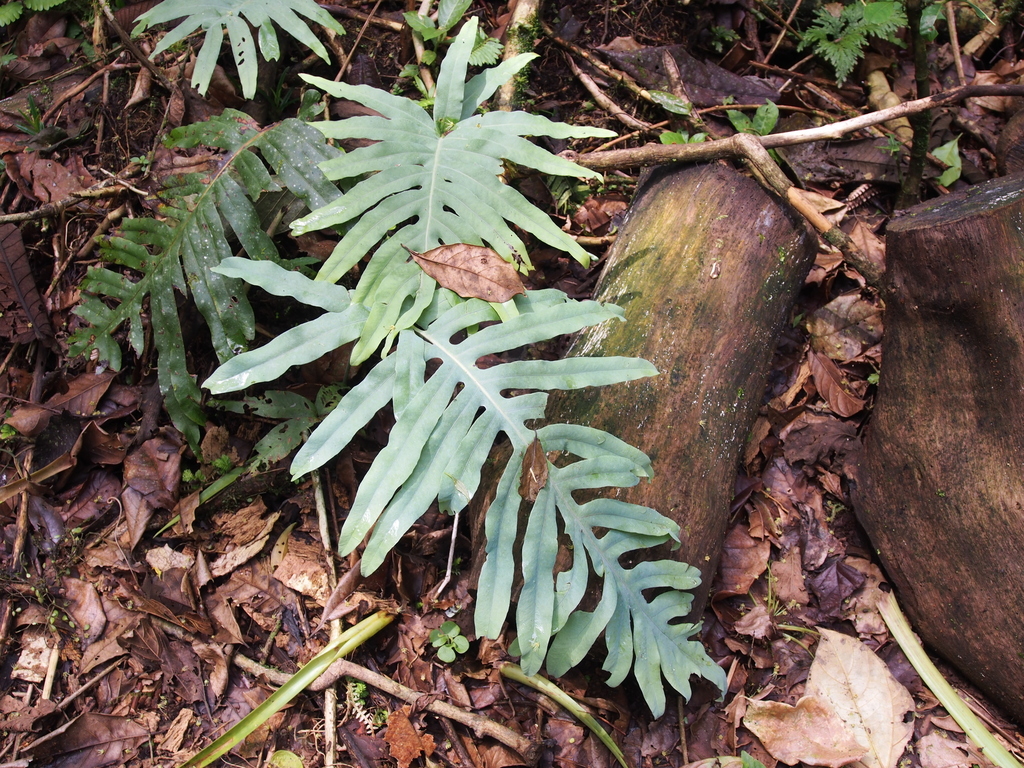ARQ. PSJ. PEDRO CAMARENA BERRUECOS
Photography: Arq. Psj. Carlos Escalante Castro
Pedro Camarena is a Landscape Architect from the National Autonomous University of Mexico with a Master’s Degree in Sustainable Development
from the University of Lanús / FLACAM, Argentina (2009).
Co-founder of the LAAP Workshop, focused on landscape architecture, urban interventions and proposals on a territorial scale, he is professor of the Design Workshop in the Academic Unit of Landscape Architecture of the UNAM and visiting professor in the Master in Landscape Architecture of the Marist University of Mérida, Yucatán.
He is a Program Consultant for the Ecological Control Program of the UNAM Campus and for the Ecological Reserve in Pedregal de San Angel. He is also specialized in ecological restoration, green infrastructure and mobility, and has published works on these topics.
“The landscape architect has 3 tasks, designing, restoring and disseminating the natural and cultural landscape.”
Photography: Arq. Begoña Sordo
WHAT ARE THE TASKS OF A LANDSCAPE ARCHITECT WHEN WORKING ON A NATURE RESERVE?
It has to do with different aspects, one is the landscape design, which as landscape architect you must fight for it because that is your leitmotiv, to be there to design the landscape. However, there are reserves that remain in their original landscape, in those cases you must work only in those areas where the landscape has deteriorated. Then, we enter a field that has to do with restoration, that is to understand the ecosystem, the flora, the fauna and in general the geosystem that makes up the reserve. We try to understand the mineral world, the rock, the soil, the subsoil, the hydrology, the climate, all the elements of the physical environment, not only to design but to make the landscape world known from a vision, not as naturalistic as Ecologists would do it, but in a more colloquial way, where we not only disseminate the beauty of the place but also the fragility of the site.

Reserva Ecológica del Pedregal de San Ángel
Photography: REPSA
WHAT ARE THE CHALLENGES OF CONSERVING A NATURE RESERVE?
An important part of the challenges is to make the landscape known in its entirety, which is a very broad concept, very complex, and involves many aspects; the landscape architect has the challenge of being able to transmit, through design and construction, the beauty of the landscape. It is not about making an interpretation of the landscape, it is about understanding it in its most minima details and managing to transmit that beauty so that people can identify with it. So, how to transform something that people almost do not see in their day to day, how to rescue those little things, those details and relocate them in its proper dimension to explain it to people and in this way reincorporate them into their daily lives? That for me is one of the most important challenges.
There are other more conventional ones like the challenge of making a natural reserve more visitable. You have to find where and how to take people to meet that beauty of the reserve. Another challenge is to design these routes, where to take you, how to take you, and to see what. Another point is how to correspond in those areas that are not far away from the city, as in the Reserve of Pedregal, where I used to work, which is surrounded by a city but at the same time is the basis of a relic ecosystem that survives by itself. The challenge is how to design so that people understand what to do and what not to do inside the reserve, how to behave.

Calaguala
Photography: Lena Struwe
WHAT IS THE ROLE OF THE COMMUNITY IN THE CONSERVATION OF NATURE RESERVES?
It would be desirable for the community to understand the reserve in which they live, if the community does not understand that it is inside an ecological reserve it begins to negatively affect it, the rubbish shot, the disposal of waste in the water, the indiscriminate extraction of some element of the flora, the indiscriminate hunting of some species. The majority of protected natural reserves in Mexico have communities living either within the reserve or in proximity to them. Therefore, the role of environmental communicators and environmental designers, including landscape architects is essential. It is an obligation to serve the community in order to work together with it.

Arq. Pedro Camarena
Photography: REPSA
The local communities possess knowledge, the DNA of the landscape, they are the ones who know and can transmit you very valuable information about the conservation, maintenance and management of the landscape within a natural reserve. You have to work with people, make them part of the design in all its versions. The knowledge of the people who have populated the landscape has a lot of value in terms of the resilience of the landscape. There are people who know what to do in cases of natural disasters, and the landscaper must try to understand all these relationships in order to work with them, to maintain as much as possible a particular landscape that gives character and identity to the people, the zone or the region.

Reserva Ecológica del Pedregal de San Ángel
Photography: REPSA
“Local communities should be part of the project proposal and then of the management and conservation of natural reserves.









